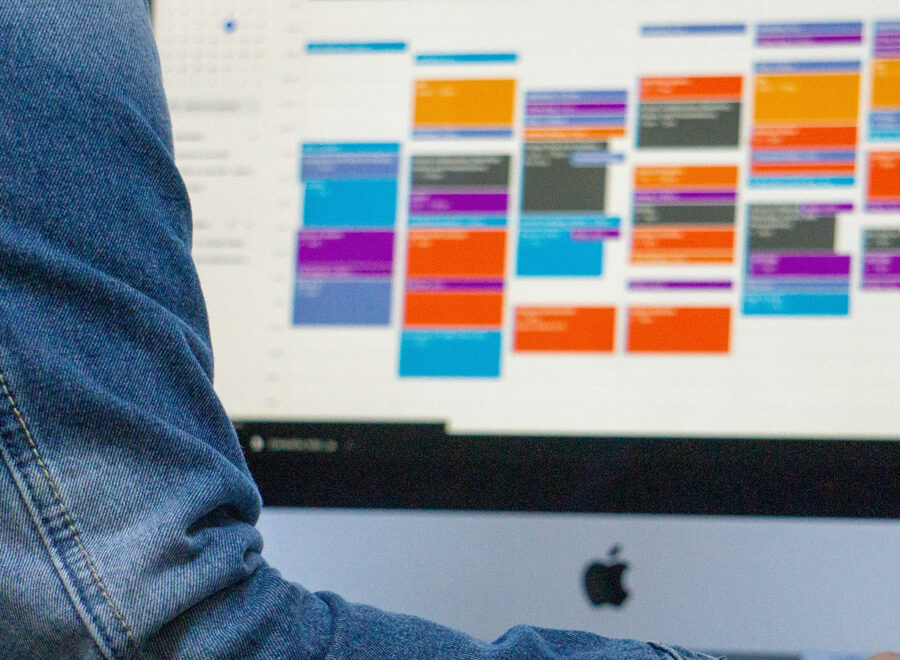Set up the rules before you play the game.
Over the past few years, I’ve had the opportunity to work with a host of companies grappling with how to effectively and reliably create innovative products and services. Whether the category was cars or cookies or computers, these firms have all had to grapple with implementing new approaches to their product development process. Often, they discovered that the greatest challenges didn’t exist in coming up with great ideas, but in the organizational and management issues that these new ideas presented. For instance, many development organizations have found it useful to create a mix of both incremental and blue-sky projects. They soon discover that these two activities required substantially different approaches and metrics. Furthermore, problems occurred when these processes were not defined in advance of the actual development work.
Too often, a project team that’s working on a so-called disruptive innovation finds itself caught within a product management system that seems optimized for the creation of more incremental or sustaining innovations. When that happens, the team can be forced to negotiate some sort of exemption from the “standard procedure.” This, of course, places an added burden on an already taxed development team. More importantly, the internal success of the project comes to depend less on the quality of the innovation and more on the quality of the deal that the team can cut. Such projects demonstrate the importance of establishing different metrics and procedures in advance of any specific project, so that development teams can know the goalposts their aiming for, and tailor their approach accordingly.
A major area that often needs this kind of differentiation is the development process itself. Companies sometimes spend years developing and refining their Stage Gate process to best suit their business. That process tends to get optimized around what best suits the majority of development projects, which tend to be sustaining innovations. For instance, I once helped to develop a new furniture system. We were starting with a blank piece of paper, and the system had the potential to encompass hundreds of new component pieces. We soon found ourselves in the middle of the company’s third stage-gate, which, for this company, included an extensive QFD exercise. This made sense for most projects, as they tended to be additional component pieces for existing systems. However, this requirement provided little insight for our system that, at the time, might have included everything from furniture to digital elements. Because the team was unable to get an exemption from the QFD process, we completed the activity as written, wondering if an alternate approach might have better served our needs.
Funding decisions are a similarly important area for rethinking in advance. Project teams can sometimes invest significant resources in creating a proof of concept, only to realize that the product is something that lies a little beyond what the business wants to be doing. At that point, project champions who are passionate about their idea will scramble to find a home for their project somewhere else in the organization. This is the sort of thing that can be done in advance. For instance, TRW Corporation had a long-standing agreement with a venture capital firm that the VCs could get a look at any product idea that TRW declined to develop. The two firms had worked out issues like intellectual property and ownership in advance, so product development teams could focus on their projects, not on figuring out a deal that would work.
The third biggest area to define in advance is market reception and performance. The very notion of disruptive innovations is that they confound the conventional parameters of competition and value proposition in a category. That often means that it takes a while for folks to figure the product out. This makes such ideas resistant to conventional market evaluation, such as volumetric testing. Put another way, customers have a hard time evaluating the merits of stuff that’s really out there. Companies often try to sidestep this issue by saying that they’ll ignore or downplay early negative feedback if the product just seems to be good for other reasons. This can leave a development team crossing their fingers and hoping that their project sponsor sees the light.
An alternative approach is to clearly define an alternative set of testing methods that are more suited to disruptive innovations, and such methods do exist. Often, these take the form of small qualitative studies with lead users or comparison to products in other categories that provide analogous benefits. For instance, manufacturers of the first commercial fax machines looked to the size of the overnight courier industry to gauge the size of their potential market. Few people, it seems, were able to come out and say they wanted a fax machine having never seen one before. Such methods can then be coupled with a different set of expectations for how the product should perform in the market to be called a success. A firm may, for instance, expect sustaining innovations to perform well in a relatively short period of time, while giving disruptive innovations a longer time to gestate.
I have often heard executives declare that their company is open to larger innovations: They just require someone who believes in the project to push it through the system. That seems equivalent to saying, “Sure we know how to create great products — we rely on good people to figure out how to get around our development process.” By clearly articulating different methods and metrics for sustaining and disruptive innovation projects, companies can eliminate the need for project teams to “opt out” of processes that may be inappropriate for their product. Doing so can make the objectives clear in advance. Under the most enlightened conditions, it can even help a firm to manage its tolerance for failure, encouraging developers to deliberately try something different with the explicit understanding that, this time around, the rules of the game will be different.

 Dev Patnaik
Dev Patnaik


